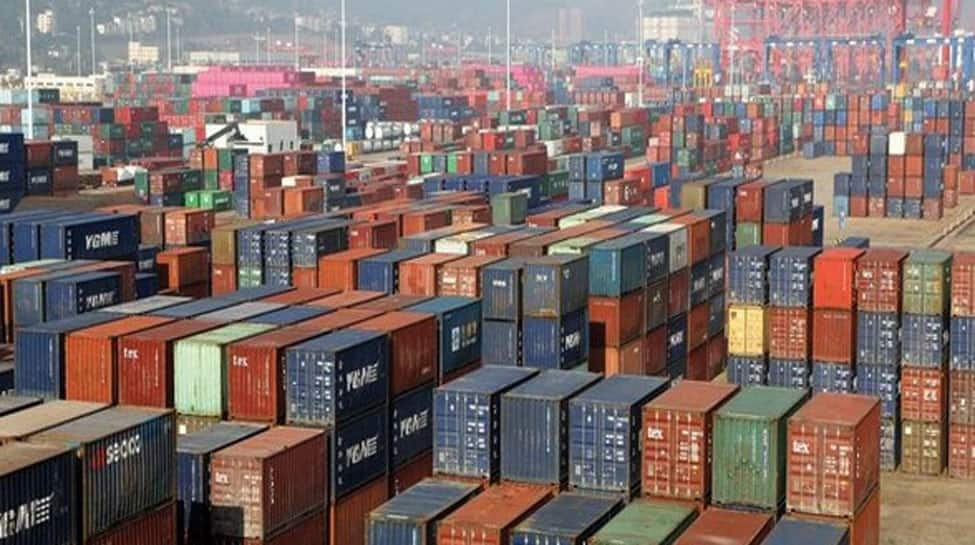New Delhi: US President Donald Trump announced a broad rollout of tariffs on countries worldwide on April 2.
Trump said the tariffs would address unfair trade practices, including non-monetary barriers, subsidies, and VAT systems. He said these would also encourage foreign countries to either lower or remove tariffs against the US.
Shortly after assuming office for the second time in February, Trump declared that the US would impose reciprocal tariffs, charging other countries the same tariffs they impose on US goods. Trump’s new trade policy is centered on fairness and reciprocity.
As per the announcements, the import tariffs on other major countries are India (26 per cent), China (34 per cent), Bangladesh (37 per cent), Pakistan (29 per cent), Vietnam (46 per cent), the European Union (20 per cent), Taiwan (32 per cent), Sri Lanka (44 per cent), Japan (24 per cent), the United Kingdom (10 per cent), and Israel (17 per cent).
Narinder Wadhwa, Managing Director & CEO OF SKI Capital Services Ltd told Zee Media that key sectors like, textiles leather footwear, Machinery renewable energy and automobiles, may face price competitiveness.
“First, Indian exports to the US, particularly in key sectors like, textiles leather footwear, Machinery renewable energy and automobiles, may face price competitiveness. Pharmaceuticals and IT services have been kept out of reciprocal tariffs. If India’s tariff structure on US goods is deemed too high, Washington could impose additional levies beyond the base 10 per cent, increasing costs for Indian exporters and potentially reducing demand in the US market.”
Wadhwa added that India’s response—through diplomatic engagement and trade diversification —will be crucial in mitigating potential disruptions.
“We feel ,while India is not the primary target of these tariffs, the policy’s broad framework could impact export volumes, increase costs of critical imports, and necessitate strategic realignments in India’s trade policy,” he stated.
Tarun Singh Founder & MD, Highbrow Securities told Zee Media that these tariffs aren’t a loss for the Indian Government, but rather an invitation to rewrite the rules of the game and usher India into a new era of economic stability.
“Let’s not romanticize free trade—it’s a contact sport, not a charity. For decades, the U.S. has absorbed India’s protectionist blows—100% tariffs on almonds, price caps on medical devices, and digital trade barriers—while Indian steel, textiles, and pharmaceuticals enjoyed near-unfettered access to American markets. The tariff recalibrates this imbalance, rewarding sectors like U.S. steel, manufacturing, and agriculture with overdue relief, while pressuring India to dismantle barriers that have stifled competition. Strategic? Absolutely. But let’s not mistake tactical wins for long-term victory” Singh added.
Singh said that the repercussions, are inevitable. India will retaliate. He said US consumers and pharma firms will bear short-term pain: pricier generics and textiles.
“Let’s be clear—this isn’t protectionism; it’s correction. Markets thrive on fairness, not charity. {C}India’s move should be decisive: treat this as a catalyst, not a crisis. The Indian Government has an excellent opportunity to turn this situation around and bring stability to turbulence that currently ails the markets. India definitely holds a substantial leverage with its booming digital economy and its strategic value in countering China. However, it must meet the U.S. in the middle and relook at the tariffs across the board, to cultivate excellent relations with one of the world’s strongest economies. A phased reduction of barriers in areas such as tech and agriculture could unlock reciprocal U.S. concessions, greatly benefiting Indian exporters, and in turn, the overall economy{C},” said singh.

